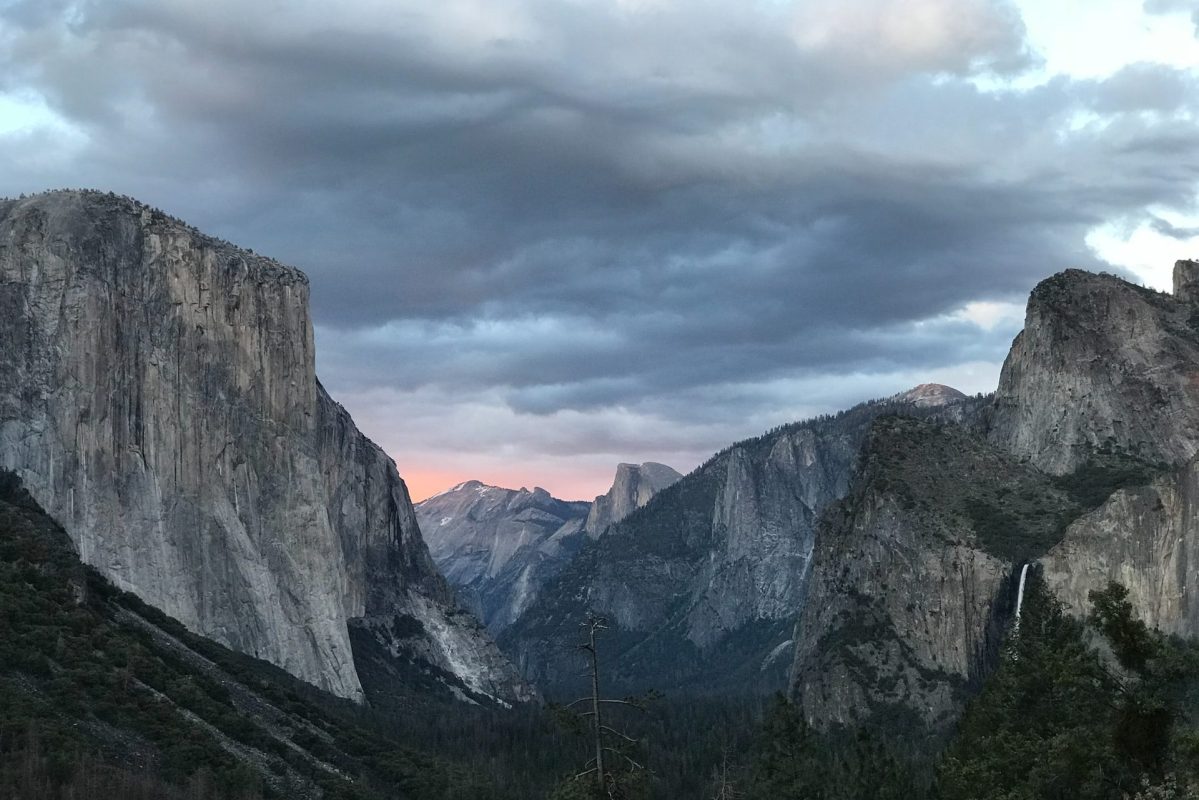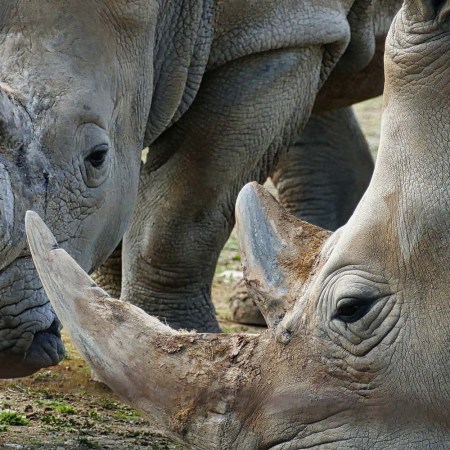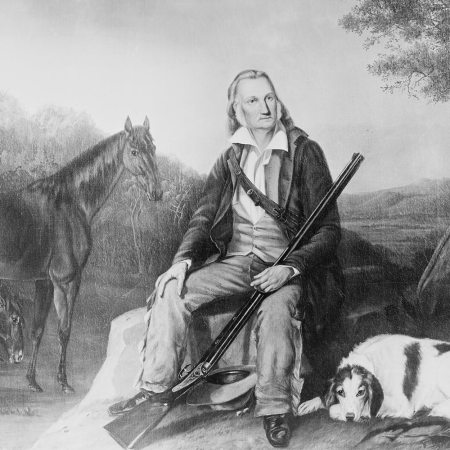Currently, 12 percent of land in the United States is permanently protected. A new initiative from the Biden administration hopes to make that number grow dramatically. The program, known as “30 by 30,” sets ambitious targets in terms of both the land involved and the timing.
A Department of the Interior announcement from January alludes to “the President’s commitment to conserve at least 30% each of our lands and waters by the year 2030, as recommended by scientists, in order to safeguard our health, food supplies, biodiversity, and the prosperity of every community.” On its own, this would be news enough — but the methods the government is taking to achieve this goal are noteworthy as well.
At Vox, Benji Jones explored the array of factors contributing to this initiative, known as “America the Beautiful.” What’s especially notable, Jones writes, is the way it takes on a broader approach to conservation. “We know we have to work across public, tribal, and working lands to be successful,” said Tom Vilsack, the country’s Secretary of Agriculture. This in and of itself represents a break with past approaches.
Some of the approaches outlined in the initial announcement of America the Beautiful seem very pragmatic — working on conservation efforts with tribal governments and expanding spaces for outdoor regulation. But there’s also a bullet point about “[i]ncentivizing and rewarding the voluntary conservation efforts of fishers, ranchers, farmers, and forest owners,” which doesn’t sound too far removed from plans enacted in other countries. (Isabella Tree’s excellent book Wilding: Returning Nature to Our Farm describes such a plan in action in England.)
More than doubling the nation’s protected lands in under a decade is a substantial undertaking. But the country isn’t alone in this; as Jones pointed out, the United States is among more than 50 countries working towards that 30 percent target. Let’s hope it works.
Thanks for reading InsideHook. Sign up for our daily newsletter and be in the know.


















